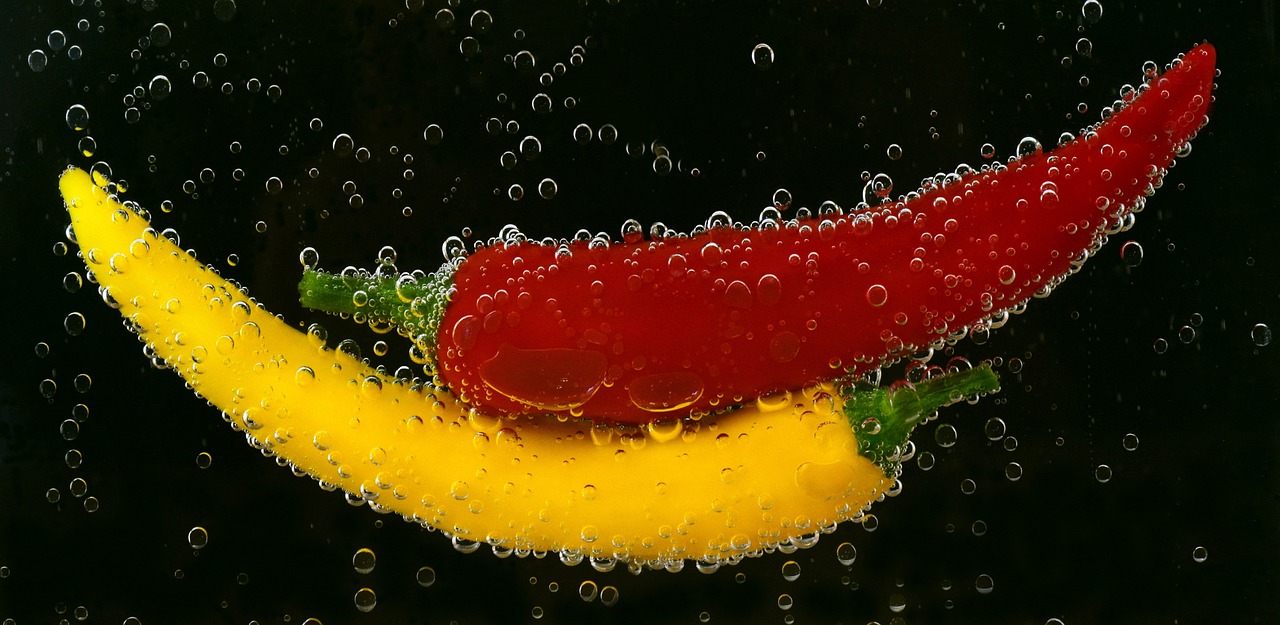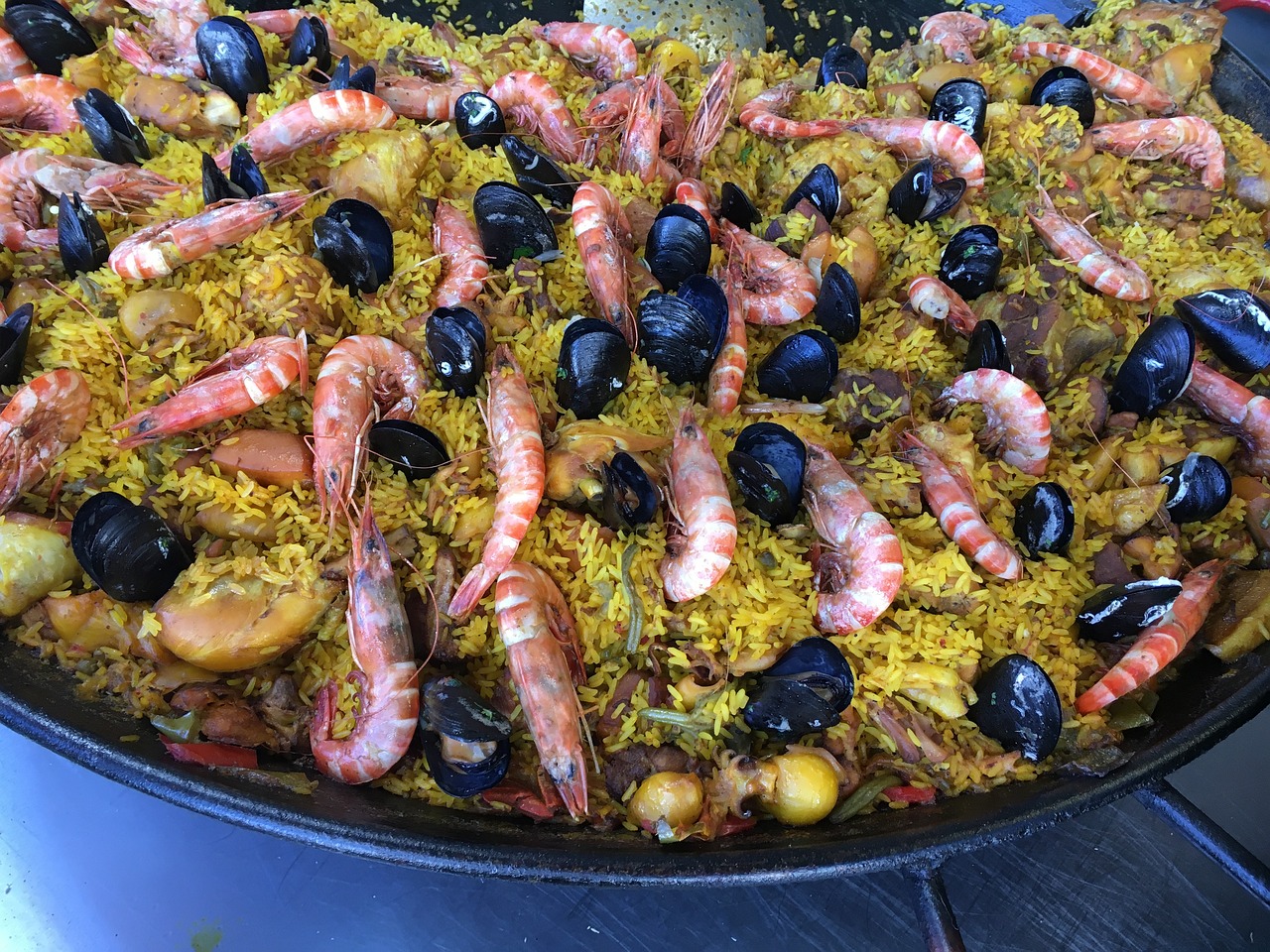Pisto: Spanish Ratatouille with Eggs

Are you ready to tantalize your taste buds with the delightful flavors of Pisto, the Spanish twist on the classic ratatouille dish? Picture a colorful medley of ripe tomatoes, bell peppers, onions, and zucchini coming together in perfect harmony, creating a dish that is as visually appealing as it is delicious. But wait, there's more! Pisto is often served with a sunny-side-up egg on top, adding a creamy richness to the already flavorful mix.
- Origins of Pisto
- Ingredients and Variations
- Preparation and Serving
- Health Benefits and Nutritional Value
As you delve into the world of Pisto, you'll uncover its rich history and cultural significance, rooted in traditional Spanish cuisine. This dish has evolved over time to become a beloved staple in Spanish households, cherished for its simplicity and robust flavors that capture the essence of Mediterranean cooking.
When it comes to ingredients, Pisto relies on the freshness of ripe tomatoes, the sweetness of bell peppers, the aromatic punch of onions, and the subtle crunch of zucchini. These key players dance together in the pan, each contributing its unique flavor profile to create a symphony of taste that is sure to impress even the most discerning palate.
But here's where the magic truly happens – the preparation. Imagine the sizzle of the vegetables as they hit the pan, releasing their fragrant oils and caramelizing to perfection. And when the eggs are added, creating a velvety contrast to the vibrant veggies, you know you're in for a treat.
As you savor each bite of Pisto, you're not just indulging in a delicious meal – you're also nourishing your body with a powerhouse of nutrients. Packed with vitamins, minerals, and antioxidants, this dish offers a nutritious boost that is as good for your health as it is for your taste buds.
Origins of Pisto
When delving into the origins of Pisto, we uncover a rich tapestry of Spanish culinary history woven with flavors and traditions. This beloved dish has deep roots in the heart of Spanish cuisine, dating back to centuries of gastronomic evolution. Imagine a bustling kitchen filled with the aroma of ripe tomatoes, vibrant bell peppers, onions, and zucchini simmering together in harmony, creating a symphony of taste.
Historically, Pisto emerged as a humble peasant dish, born out of the necessity to make use of seasonal vegetables in a simple yet delicious manner. Over time, it evolved into a staple on Spanish tables, celebrated for its versatility and ability to showcase the bountiful produce of the region. The essence of Pisto lies not only in its ingredients but also in the cultural significance it holds as a representation of Spanish culinary heritage.
As the dish gained popularity, each region in Spain put its own unique twist on Pisto, incorporating local ingredients and culinary techniques to create diverse variations. From the sun-kissed fields of Andalusia to the lush greenery of the Basque Country, every corner of Spain boasts a rendition of Pisto that reflects its distinct flavors and traditions.
To truly understand the origins of Pisto is to appreciate the simplicity and complexity intertwined in this dish. It is a journey through time, tracing the evolution of a rustic vegetable medley into a beloved culinary classic enjoyed by generations. The story of Pisto is not just about food; it is a tale of resilience, creativity, and the enduring spirit of Spanish gastronomy.
Ingredients and Variations
When it comes to Pisto, the key ingredients play a crucial role in creating its rich and vibrant flavors. Ripe tomatoes, bell peppers, onions, and zucchini are the stars of this traditional Spanish dish. Each ingredient brings its own unique taste and texture to the table, blending together to form a harmonious medley that delights the taste buds.
Let's break down the essential components of Pisto:
- Ripe Tomatoes: These juicy and tangy fruits are the base of Pisto, providing a sweet and slightly acidic flavor that forms the foundation of the dish.
- Bell Peppers: Whether you opt for red, green, or yellow peppers, their crunchy texture and mild sweetness add depth to the overall taste profile of Pisto.
- Onions: The aromatic and savory nature of onions brings a robust flavor to the dish, enhancing its complexity and depth.
- Zucchini: This versatile vegetable not only contributes a subtle earthiness but also adds a delightful softness to the texture of Pisto.
While these four ingredients form the core of Pisto, there is ample room for creativity and personalization in this dish. Different regions in Spain and individual cooks may introduce variations to the traditional recipe, adding their own twist to the classic dish.
Some popular variations of Pisto include:
- Adding Eggplant: Incorporating eggplant into the mix brings a creamy texture and a slightly smoky flavor to the dish.
- Spices and Herbs: Experimenting with spices like paprika, cumin, or herbs like parsley and oregano can elevate the taste profile of Pisto and give it a unique flair.
- Protein Additions: While Pisto is often enjoyed as a vegetarian dish, some variations include adding protein sources such as chorizo, ham, or even seafood to cater to different preferences.
Whether you stick to the traditional ingredients or venture into creative variations, Pisto remains a versatile and satisfying dish that can be tailored to suit your taste preferences. The beauty of Pisto lies in its adaptability, allowing you to experiment and customize the recipe to create a culinary masterpiece that suits your palate.
Preparation and Serving
When it comes to preparing and serving Pisto, attention to detail is key to achieving a delicious and satisfying dish. The process involves several steps that ensure the flavors are well-developed and the dish is presented beautifully. Let's dive into the world of Pisto preparation and serving!
First and foremost, gather all the necessary ingredients for Pisto, including ripe tomatoes, bell peppers, onions, and zucchini. These fresh vegetables are the heart of this dish, providing a burst of flavor and nutrients.
Start by sautéing the onions in olive oil until they turn translucent and fragrant. Then, add the bell peppers and zucchini, allowing them to soften and release their natural juices. This slow cooking process is crucial for building layers of flavor in the Pisto.
Next, add the ripe tomatoes to the pan, crushing them slightly to release their juices. Let the mixture simmer gently until the vegetables are tender and the flavors have melded together harmoniously.
For an extra touch of indulgence, crack eggs directly into the Pisto mixture. Cover the pan and let the eggs cook until the whites are set but the yolks are still runny. This adds a creamy and rich element to the dish, elevating it to a complete meal.
When it comes to serving Pisto, the options are endless. You can enjoy it on its own as a hearty and flavorful stew, or pair it with crusty bread to soak up the delicious juices. For a more substantial meal, serve Pisto over rice or alongside a fresh green salad.
If you're feeling adventurous, try incorporating Pisto into other dishes, such as omelets, pasta sauces, or even as a topping for bruschetta. The versatility of this dish allows for endless culinary creativity.
Whether you're a vegetarian looking for a nutritious meal or a food enthusiast eager to explore Spanish cuisine, Pisto is a dish that promises to delight your taste buds and satisfy your hunger. So, roll up your sleeves, grab your apron, and embark on a culinary journey with Pisto!
Health Benefits and Nutritional Value
When it comes to Pisto, the health benefits and nutritional value of this Spanish dish are as impressive as its taste. Packed with a variety of fresh vegetables, Pisto offers a range of essential vitamins, minerals, and antioxidants that can contribute to a well-rounded diet. Let's delve into the nutritional advantages of indulging in this flavorful ratatouille:
1. Vitamins and Minerals: Pisto is a powerhouse of nutrients, thanks to its primary ingredients like ripe tomatoes, bell peppers, onions, and zucchini. These vegetables are rich in vitamins A, C, and K, as well as essential minerals like potassium and magnesium, which are vital for overall health and well-being.
2. Antioxidant Boost: The combination of colorful vegetables in Pisto provides a significant dose of antioxidants, such as lycopene from tomatoes and beta-carotene from bell peppers. These antioxidants help combat oxidative stress in the body, reducing the risk of chronic diseases and promoting cellular health.
3. Low-Calorie Option: For those looking to maintain a healthy weight or shed a few pounds, Pisto is a fantastic choice. It is a low-calorie dish that is filling and satisfying, making it a great option for those watching their calorie intake without compromising on flavor.
4. Fiber-Rich Goodness: The fiber content in Pisto, mainly from the vegetables, offers numerous benefits for digestive health. Fiber aids in digestion, promotes a feeling of fullness, and supports a healthy gut microbiome, which is essential for overall wellness.
5. Versatile and Balanced: Whether you follow a vegetarian, vegan, or omnivorous diet, Pisto can easily fit into your meal plan. It provides a balanced mix of carbohydrates, proteins, and fats from the vegetables and eggs, offering a complete and nutritious option for all dietary preferences.
By incorporating Pisto into your regular menu, you can enjoy a delicious meal that not only tantalizes your taste buds but also nourishes your body with essential nutrients. This Spanish ratatouille is a true culinary gem that proves healthy eating can be both flavorful and satisfying.



 HazalVardal
HazalVardal 





